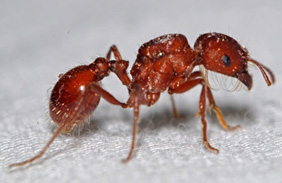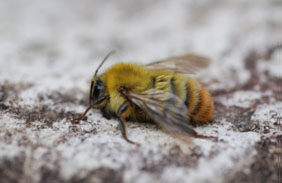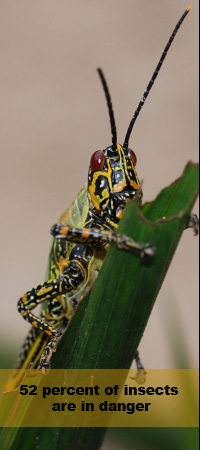|
About two percent (roughly 13,000 species) of insect species are social. Highly social insects or called eusocial insects include ants, termites, some wasps, honey bees, and stingless bees. They have large colonies that last more than one year. Ants and termites with their incredible social adaptation make up a major fraction of the total terrestrial animal biomass.
The case of ants
Nobody really knows the number of ant species around the world, but it is estimated to be around 20,000 species. They are occupying a variety of ecological niches as predators, herbivores, leaf-cutters, seed-harvesters, aphid- tenders, and fungus-growers.
In general, most colonies of ants have reproductive queens and males and non-reproductive wormers. Virgin queens mate with males from other colonies in the area.
Ant colony growth can be classified in three main steps. The first step starts with the end of the nuptial flight when the queen breaks off her wings and looks for a suitable site for nesting. The queen may stay most her time in the nest producing eggs and feeding larvae. During the second step of the colony growth, the queen focuses on egg laying, enlargement of the nest, and brood care of the workers. Finally, the last step is devoted to reproduction by producing new queens and males.
Males are winged and usually keep their wings until death. Apparently, the male ant's only function is to mate with the queen. Once he does, he dies, generally within two weeks. Males are usually feed by workers and do not work.
Queens are the female reproductive caste in the colony. They are generally the largest individual in the colony and their wings break off after the nuptial.
Workers are sterile females, with reduced or no eyes, and wingless. They build and repair the nest, care for the brood, defend the nest, and feed immature and adult ants including the queen.
Continue on page 3
|
|

Harvester ants in the genus Pogonomyrmex
have a very toxic venom. © Gary McDonald

Most bees are solitary in behavior but
roughly 1,000 have an advanced social
behavior. © Pierre Fidenci
|









